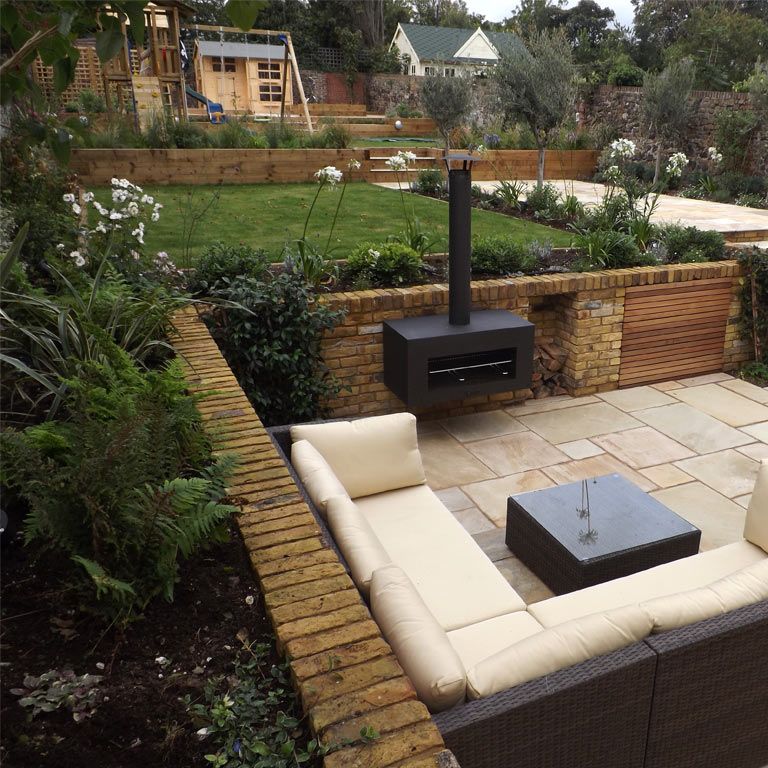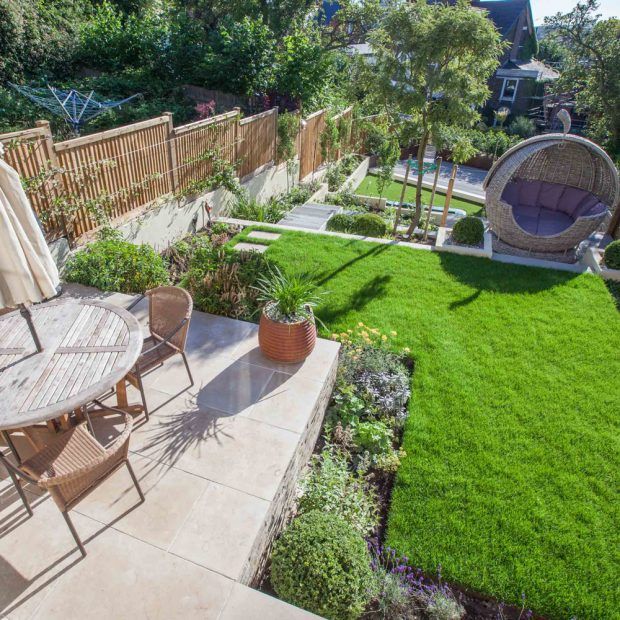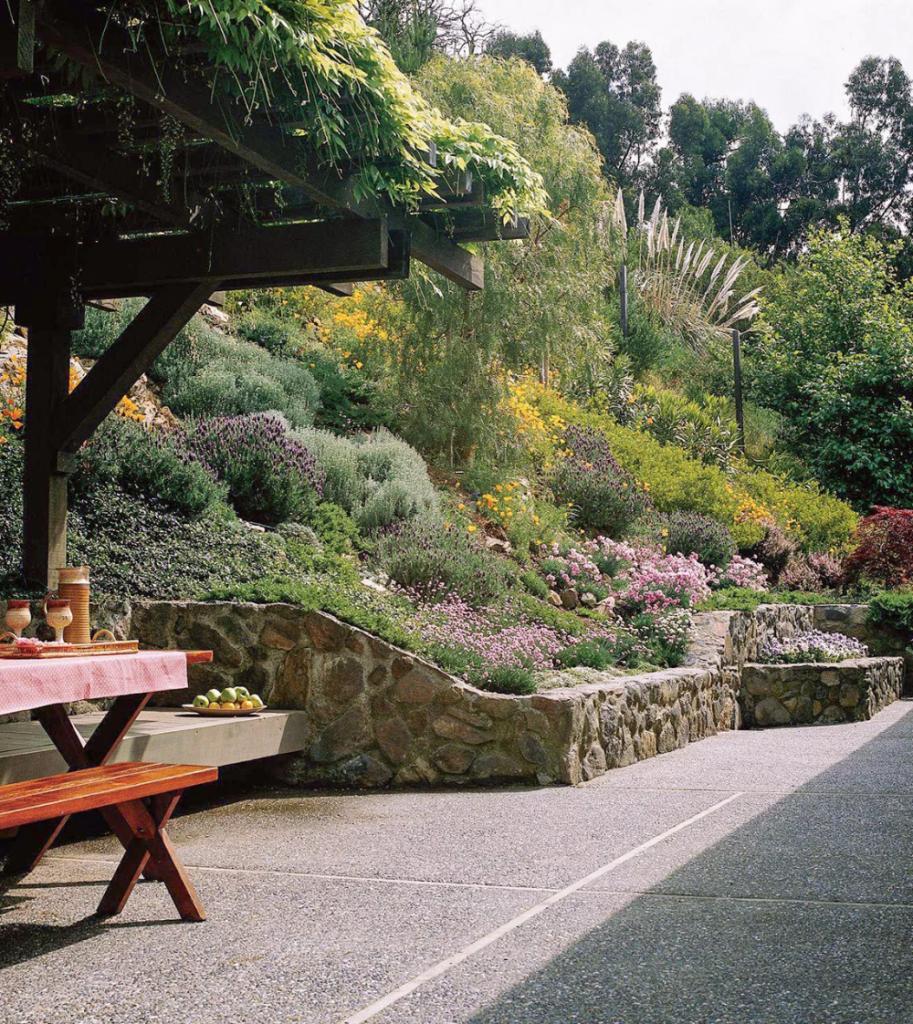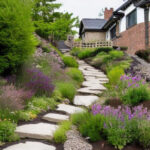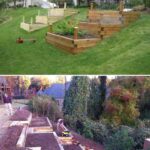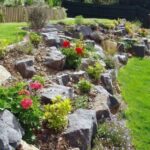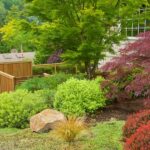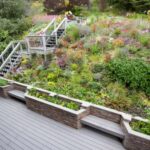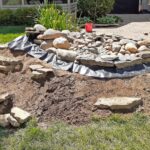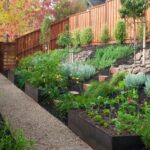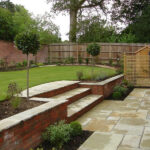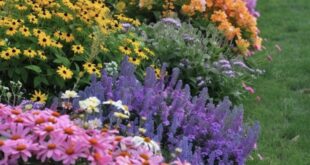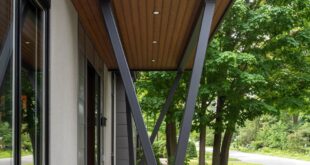Gardening on a sloped terrain can present a unique set of challenges and opportunities for garden design. With a little creativity and knowledge of proper techniques, a sloped garden can be transformed into a beautiful and functional space that enhances the overall landscape of your property.
One of the key considerations when designing a garden on a slope is erosion control. The natural flow of water can cause soil erosion on slopes, which can lead to nutrient loss and instability in the garden. To combat this issue, terracing can be used to create flat, level areas on the slope. Retaining walls can also be constructed to help stabilize the soil and prevent erosion.
Incorporating plants that are well-suited for sloped gardens is another important aspect of garden design on a slope. Plants with deep root systems, such as shrubs and groundcovers, are ideal for anchoring the soil and preventing erosion. Additionally, native plants that are adapted to the local climate and soil conditions are more likely to thrive on a slope.
When planning a garden on a slope, it is important to consider the direction of sunlight and the natural drainage patterns of the slope. Plants that require full sun should be placed on the south-facing side of the slope, while shade-loving plants can be positioned on the north-facing side. Proper drainage is essential to prevent water runoff and soil erosion, so incorporating swales or dry creek beds can help to redirect water flow.
Utilizing hardscaping elements, such as pathways, stairs, and retaining walls, can add structure and functionality to a sloped garden. Pathways can help to define different areas of the garden and provide easy access for maintenance and enjoyment. Retaining walls can create level planting areas and visually break up the slope, while stairs can provide safe and convenient access to different levels of the garden.
Incorporating a variety of materials and textures in the garden design can create visual interest and enhance the overall aesthetic of the space. Mixing different types of plants, such as ornamental grasses, flowering perennials, and evergreen shrubs, can create a dynamic and diverse landscape. Using a combination of mulch, rocks, and gravel can add texture and contrast to the garden design, while also aiding in weed control and moisture retention.
In conclusion, designing a garden on a slope requires careful planning and consideration of the unique challenges and opportunities presented by the terrain. By implementing erosion control measures, selecting appropriate plants, optimizing sunlight and drainage, incorporating hardscaping elements, and utilizing a variety of materials and textures, a sloped garden can be transformed into a stunning and functional outdoor space that enhances the beauty of your property.
 yishifashion Where Outdoor Dreams Become Reality
yishifashion Where Outdoor Dreams Become Reality
